The Kingdom of Cambodia is sometimes called an Empire of Temples. It’s nearly impossible to find someone who hasn’t heard about one of the most famous temples, Angkor Wat. But it’s not only the ancient Khmer temples which make this country so fascinating for tourists.
Don’t miss the chance to do some trekking in the Cardamom mountains, meet locals in their villages on the mighty Mekong river and at their floating houses in Tonle Sap - the largest freshwater lake, visit the Elephant Valley project area, get lost in the vibrant and charismatic capital of Phnom Penh and, of course, chill and relax on endless beaches in Sihanoukville.
Cambodia has several seasons and they distinctly spell out the best times to visit the country. November to March is the high season and dry season. Tourism reaches its peak from November to February, when the dry season temperatures are mild and pleasant. From March to May, humidity and temperatures rise to around 33-35°C in Phnom Penh, making it a great time to visit the beach. Temperatures climb to a scorching 40°C in April and May, which deters tourists.
It can be hard to get around in September and October, the peak of the wet season. Flooding is commonplace during these months, when it rains nearly every afternoon, but the countryside is a glorious green. To see this lush landscape with a lower chance of flooded roads, head to Cambodia in July and August in the hot but beautiful shoulder season.
Dry Season
October — Early May
Average temperature
89–75 °F
31–23 °C
Average number of rainy days 1–6
Wet Season
Mid May — October
Average temperature
90–79 °F
32–26 °C
Average number of rainy days 12–15
Average temperature
Average number of rainy days
The following links are affiliate links to Amazon.com or other local Amazon web stores - it depends on your location. The listed prices of all items are the US Amazon store prices at the time of publishing. If you are visiting us from outside the USA and there is an analogous item in your local Amazon web store, you'll be redirected there automatically. We do our best to keep all prices and descriptions up to date, but if you find any errors or inaccuracies, don't hesitate to contact us using our feedback page!
Recommended Travel Guides3
Temple crawling12 items
Most people count the Angkor Wat Temple as their main motivation to visit Cambodia for the first time. It’s easy to spend whole days walking through these majestic monuments.
Honestly speaking, a week may not even be enough if you want to explore other Khmer civilization temples in addition to Angkor Wat, like Banteay Srei (the Temple of Women, older than other Angkor temples), Preah Khan (famous for the Prasat Preah Stung, a central tower with 4 ornate Bayon-like carvings), Ta Prohm (famous not only for being a place of worship for people in surrounding villages, but also for being used as a location in the film Tomb Raider with Angelina Jolie), and Bayon (famous for its jungle of face towers).
All tours start very early in the morning and last the whole day, which is pretty exhausting but completely worthwhile. Be prepared for the daytime heat and don’t forget some useful items, as you may not find them at the temples sites.
-
Good daypack
-
Sunglasses
-
Face sunblock
-
Body sunblock
-
Hats
-
Camera (portraits and city views)
-
Portable battery charger (for your phone and camera)
-
Facial cleansing wipes
-
Baby powder (good for absorbing sweat in your face and neck)
-
Hand wipes
-
Travel umbrella
-
Rain poncho
Elephant riding7 items
Regardless of whether you are traveling solo or with kids, elephant trekking will be an unforgettable experience! The easiest way take part in this is to visit the Elephant Valley Project for a half or full day or even more in Mondulkiri province. Not only will you see how these animals are treated and raised, but you will have the chance to feed and walk them.
-
Waterproof bag
-
Light trekking sandals
-
Jungle rain poncho
-
High DEET insect repellent
-
Face sunblock
-
Body sunblock
-
Long hiking pants
Beaching10 items
Cambodia is not as famous as its neighbor Thailand for its beaches, but those in the area of Sihanoukville are truly beautiful and definitely worth visiting! Take a boat to get to one of the Gulf of Thailand’s most gorgeous islands, Koh Rong, or try another paradise escape with the Koh Tonsay island. If you prefer to stay on the mainland, then opt for Otres, Sokha, Serendipity or Victory beaches in Sihanoukville. Here, you can relax in small beach bars and restaurants while enjoying breathtaking sunsets!
-
Body sunblock
-
Face sunblock
-
Sun oil
-
After sun care
-
Moisturizing spray
-
Sunglasses
-
Hats
-
Portable shade for the beach
This thing is extremely important, as you cannot always find natural shade on islands.
-
Hand wipes
-
UV protection shirts
 O'Neill UV Sun Protection Men's Basic Skins Long Sleeve Crew Rashguard$24.14
O'Neill UV Sun Protection Men's Basic Skins Long Sleeve Crew Rashguard$24.14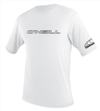 O'Neill UV Sun Protection Men's Basic Skins Tee Rashguard$24.95
O'Neill UV Sun Protection Men's Basic Skins Tee Rashguard$24.95 O'Neill UV Sun Protection Women's Basic Skins Long-Sleeve Rashguard Top$17.96
O'Neill UV Sun Protection Women's Basic Skins Long-Sleeve Rashguard Top$17.96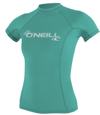 O'Neill UV Sun Protection Women's Basic Skins Short-Sleeve Crew Rashguard Top$17.99
O'Neill UV Sun Protection Women's Basic Skins Short-Sleeve Crew Rashguard Top$17.99 Speedo Kid's UV Long Sleeve Sun Shirt$18.95
Speedo Kid's UV Long Sleeve Sun Shirt$18.95
Snorkeling6 items
Cambodia is not a prime destination for snorkeling and scuba diving, though if you’re planning several days of beach holidays, it’s definitely worth it to include some underwater activity. Some of the best snorkeling sites are situated around Koh Rong Island, where you can enjoy both snorkeling and beaching.
-
Snorkling set: fins, mask, tube
-
UV protection shirts
 O'Neill UV Sun Protection Men's Basic Skins Long Sleeve Crew Rashguard$24.14
O'Neill UV Sun Protection Men's Basic Skins Long Sleeve Crew Rashguard$24.14 O'Neill UV Sun Protection Men's Basic Skins Tee Rashguard$24.95
O'Neill UV Sun Protection Men's Basic Skins Tee Rashguard$24.95 O'Neill UV Sun Protection Women's Basic Skins Long-Sleeve Rashguard Top$17.96
O'Neill UV Sun Protection Women's Basic Skins Long-Sleeve Rashguard Top$17.96 O'Neill UV Sun Protection Women's Basic Skins Short-Sleeve Crew Rashguard Top$17.99
O'Neill UV Sun Protection Women's Basic Skins Short-Sleeve Crew Rashguard Top$17.99 Speedo Kid's UV Long Sleeve Sun Shirt$18.95
Speedo Kid's UV Long Sleeve Sun Shirt$18.95 -
GoPro camera
-
GoPro LCD display
-
Hand buoy
-
Anti fog pads
Jungle trekking24 items
Cambodia has plenty of opportunities for those who love jungle trekking. You can choose among various complexities, durations and locations. Most trekking sites lie in Virachey National Park, in the northeastern part of the country. There, in the Ratanakiri province, you can also do a multi-day trek to spot newly discovered northern yellow-cheeked gibbons in their natural environment. In the southwest of Cambodia and in Eastern Thailand is a stunning mountain range known as the Southern Cardamom Mountains.
Don’t forget that the rainforest is a huge ecosystem and every creature, even if it’s very tiny, can protect itself well! For example, leeches are not something you’d want to mess with. While leeches are not the absolute worst experience you could have, they’re still highly unpleasant.
Also, your typical hiking boots are not the best option in the tropical rainforest due its very high humidity. Since normal hiking boots are made of leather, some organisms could find them attractive and move in there. If this happens, then after only a few days of trekking, you’ll basically need to throw them away. When I was preparing for my first jungle experience, I searched far and wide to find the type of boots which would be best for me. Then, I recalled that the US army had created jungle boots specifically for its soldiers when there was a war in Vietnam. I googled this and ended up buying a pair of these boots. After I did few treks in them, I realized that I had made a very smart choice. The boots are made with an artificial fabric and materials which get dry much quicker than normal hiking boots (which is ideal, considering humidity). They also have very good ankle support and they are tall, so you can wear your leech socks and you won’t be afraid of getting bitten. But of course, light trekking boots with synthetic material would be also a good option, especially if the trek is short.
Other items mentioned below are also musts for jungle trekking. Garbage bags, for example, could be very useful when you have a boat ride somewhere in the depths of the jungle. If you put all your bags in separate garbage bags and seal them with a sealing tape, it keeps them from getting wet if it’s raining. I usually use 2-3 garbage bags for each of my bags - a solution which costs much less than a raincover for your bags. Additionally, considering how heavy the rain in the jungles can be, a raincover won’t really help you at all!
-
Good daypack
-
Waterproof bag (might be even better option for rainy season)
-
Anti leech socks (extremely important for rainy season)
-
Jungle boots
-
Light hiking boots
-
Long hiking pants
-
Jungle rain poncho
-
Waterproof bags for camera and documents
-
Good binocular
-
Whistle
-
Torch and headlamp
-
Extra torch batteries
-
Lighter
-
Jungle knife
-
Sealing tape
-
Plastic bags
-
Rope
-
Adjustment to vertical peeing for girls
-
GoPro camera
-
Insect head hat
-
High DEET insect repellent
-
Antiseptic wipes
-
Universal injury relief ointment
-
Waterproof bandage
Meeting locals3 items
More than 90 percent of Cambodians are Khmer people. The remaining split between up the Chinese-Khmers, the Cham, the Khmer Loeu (ethnic hill-tribe people) and the Vietnamese. Commerce with China was and still is the main reason that Chinese people forms the largest ethnic minority in the country. The Vietnamese people as well as the Chinese mostly live in urban centers and besides commerce are involved in fishing in the Tonle Sap lake.
The other two groups might be particularly interesting to visit, because you still can find some remote villages where these people live accordingly their traditions. Here, you can get a snapshot of life as it was centuries ago. It’s like traveling in time! Just few hundreds inhabitants of the Khmer Loeu people mainly live in the hills in the Northeastern provinces of Cambodia. They grow plants, hunt and fish. Several families live in a long house built close to the ground or on stilts.
The Cham people come from the Kingdom of Champa (modern Vietnam’s territory) which existed till 1832 and being conquered and annexed by Vietnam. There are two groups: the orthodox and the traditional, depending on their religious traditions. They also live in charming villages near river and lakes. Men go fishing and sell their catch to local Khmer for rice. Women earn money by weaving.
When visiting any of these villages, don’t forget that there will be lots of kids, so it’s always nice to have small presents for them as well as for the adults. This helps forge a friendly connection, especially if you are staying for more than a few hours. Also, don’t forget to wear proper clothing (long sleeve shirts are better than tanks) to show respect. If you stay overnight, it might be a good idea to bring some food and drinks, like alcohol and cigarettes; as to this, you should consult with your guide before you go.
-
Good camera (portraits, object, landscapes)
-
"Polaroid"-type camera
Polaroid-type camera makes immediate pictures to present them as well. This camera is small, relatively cheap and allows you to produce photos immediately. One of the greatest options is by Fuji, as they recently issued a very good Instax model for shooting and getting images immediately.
-
Small presents
Cycling15 items
If you enjoy cycling, then in Cambodia you can find some adventurous cycling tours through scenic and rugged landscapes. Regarding the gear, it would make more sense to use a mountain bike since there are many potholes on the way. Many roads are still bad, but it’s quickly changing. And low speed allows you not only cycle but also interact with locals.
One of the most famous and unforgettable experiences of a lifetime is the itinerary of the Indochina Cycle. It’s a 12-day tour around Angkor Wat, Pnom Penh and villages around Siem Reap, starting in Ho Chi Min and finishing in Bangkok.
-
Cycling gloves
-
Cycling sunglasses
-
Cycling shoes
-
Cycling padded shorts
-
Cycling helmet
-
Cycling jerseys
-
Cycling softbag
-
Cycling softshell
-
Cycling waterproof jacket
-
Cycling pedals
-
Waterproof bag
-
Face sunblock
-
GoPro camera
-
GoPro chest mount
-
First aid kit
Pack all the essentials and extra items you might need as in the jungle you cannot get any help, so it’s extremely important to be prepared.
Vaсcination6 items
Make sure you are up-to-date on routine vaccines before every trip. These vaccines include the measles-mumps-rubella (MMR) vaccine, diphtheria-tetanus-pertussis vaccine, varicella (chickenpox) vaccine, polio vaccine, and your yearly flu shot. The following vaccination recommendations are taken from the Centers for Disease Control and Prevention (CDC) webpage.
Hepatitis A
Typhoid
Hepatitis B
Japanese Encephalitis
Rabies
Yellow fever
First Aid Kit6 items
Cambodia is a country where you can get proper treatment, but it may take a while in some remote areas. Sometimes, not you but some of your traveling buddies might need help. Make sure you have something in advance against the following symptoms:
Wounds, traumas, cuts
Gastro problems like poisoning or heartburn
Allergic reactions on sun burn, bites of insects, unusual food
Fever and cold
Motion sickness
Strong painkillers
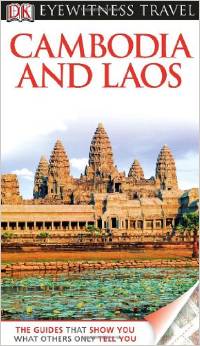
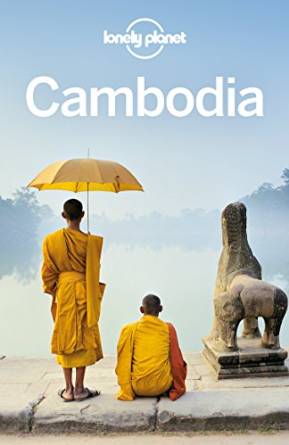
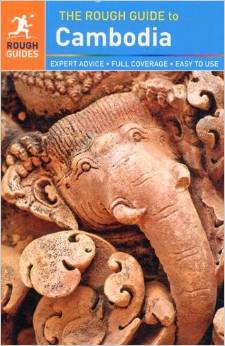
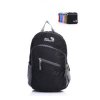


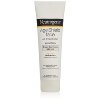
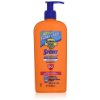

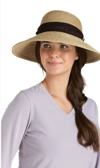
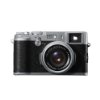

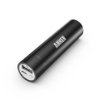




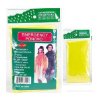
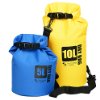


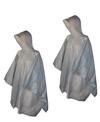
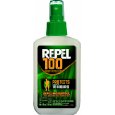
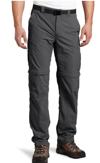
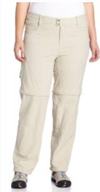
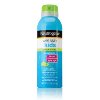
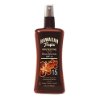
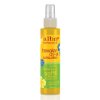
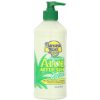
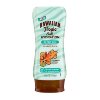
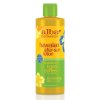
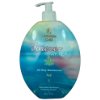
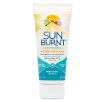
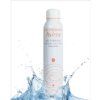
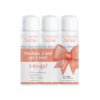
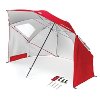
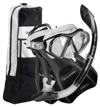
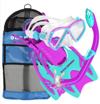
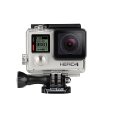

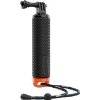

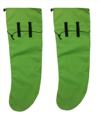




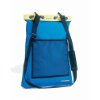

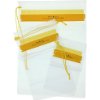
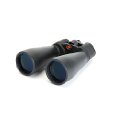

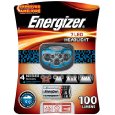
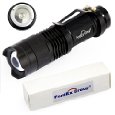
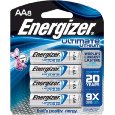
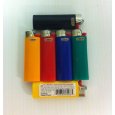
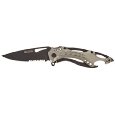
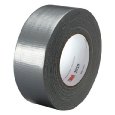
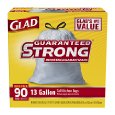

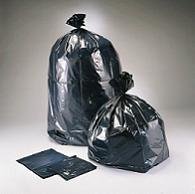

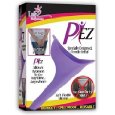
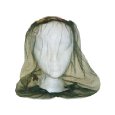
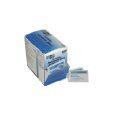
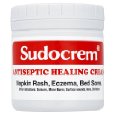
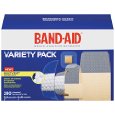
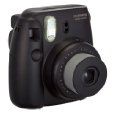
















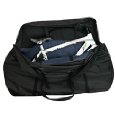
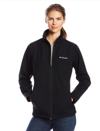
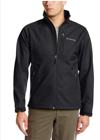





Like this packing list
Like VacayKit